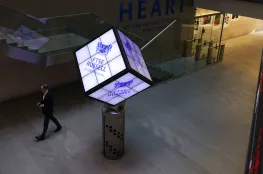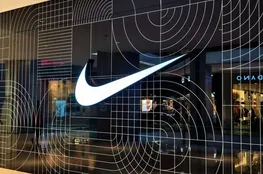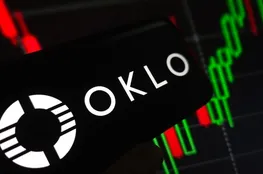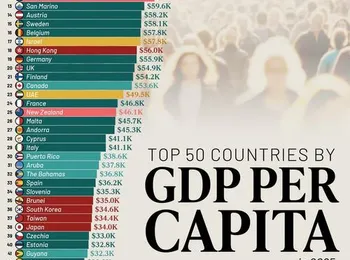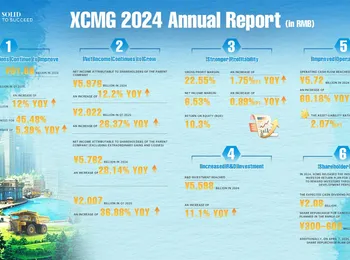Stock-Split Watch: Is Nvidia Next? The artificial intelligence (AI) chip leader Nvidia ( NVDA -0.85% ), which is now the largest company by market cap in the world, has yet to find a limit to how high its stock can go. Even after some challenges earlier in the year, the stock price is still up about 32% year to date (as of Aug. 12). It's also up over 67% in the past year and roughly 1,479% in the past five years. Stocks that go on big, extended runs tend to be prime candidates for forward stock splits, and Nvidia has conducted stock splits before. Will another happen in the near future? Why would companies do stock splits? Forward stock splits and reverse stock splits are tools publicly traded companies can use to manage their stock prices or share counts for various reasons (both good and bad). However, stock splits do not change the market cap of a company, and therefore, they do not change an investor's equity position. Stock splits bring down the share price of a company and proportionally increase the number of shares outstanding. They are typically used by companies that have seen their stock go on a big run and now trade in the hundreds or thousands of dollars per share. Lowering the stock price can make shares feel more attainable to investors, while increasing the share count can boost liquidity.
For instance, let's say an investor owns 10 shares of a stock valued at $40 per share for a total equity position of $400. If the company conducts a two-for-one stock split, the investor will receive two shares for every one they own, meaning the investor would now have 20 shares. The $400 equity position doesn't change, and the share price declines to $20 per share. A reverse stock split does the opposite in that it raises the stock price and lowers the share count. A company may want to increase its stock price to put it in a similar range to peer companies. For example, a company may want to increase its stock price to put it in a similar range to peer companies. Another common scenario for a reverse stock split is if a company is at risk of not being in compliance with the New York Stock Exchange (NYSE) or Nasdaq . Both exchanges require that stocks trade for at least $1 per share for 30 consecutive trading days.
So if a stock has fallen below $1 and is struggling, but a company thinks it can turn it around and wants to stay on a major exchange, then a reverse stock split can buy it some time. Is Nvidia on stock-split watch? Nvidia is certainly no stranger to stock splits. It has conducted six previous ones, the latest in 2024. Previous splits have resulted in the stock soaring time and again. Nvidia conducted a stock split in 2021 when the share price rose to $740, and again last year when shares zoomed to $1,200. Given Nvidia's popularity, management likely wants the stock to feel attainable for everyone from the largest hedge fund to the smallest retail investor. As of this writing, Nvidia trades at around $182 per share. It's arguably one of the most liquid stocks in the world, given how many index funds and exchange-traded funds own the broader benchmark S&P 500 index. Nvidia faces absolutely no threat of being out of compliance with any of the Nasdaq's rules. I could see the company one day doing another stock split, but with a $4.45 trillion market cap, it's going to take longer than it did for Nvidia to appreciate like it has because of its sheer size. So I don't see any stock split on the horizon.



